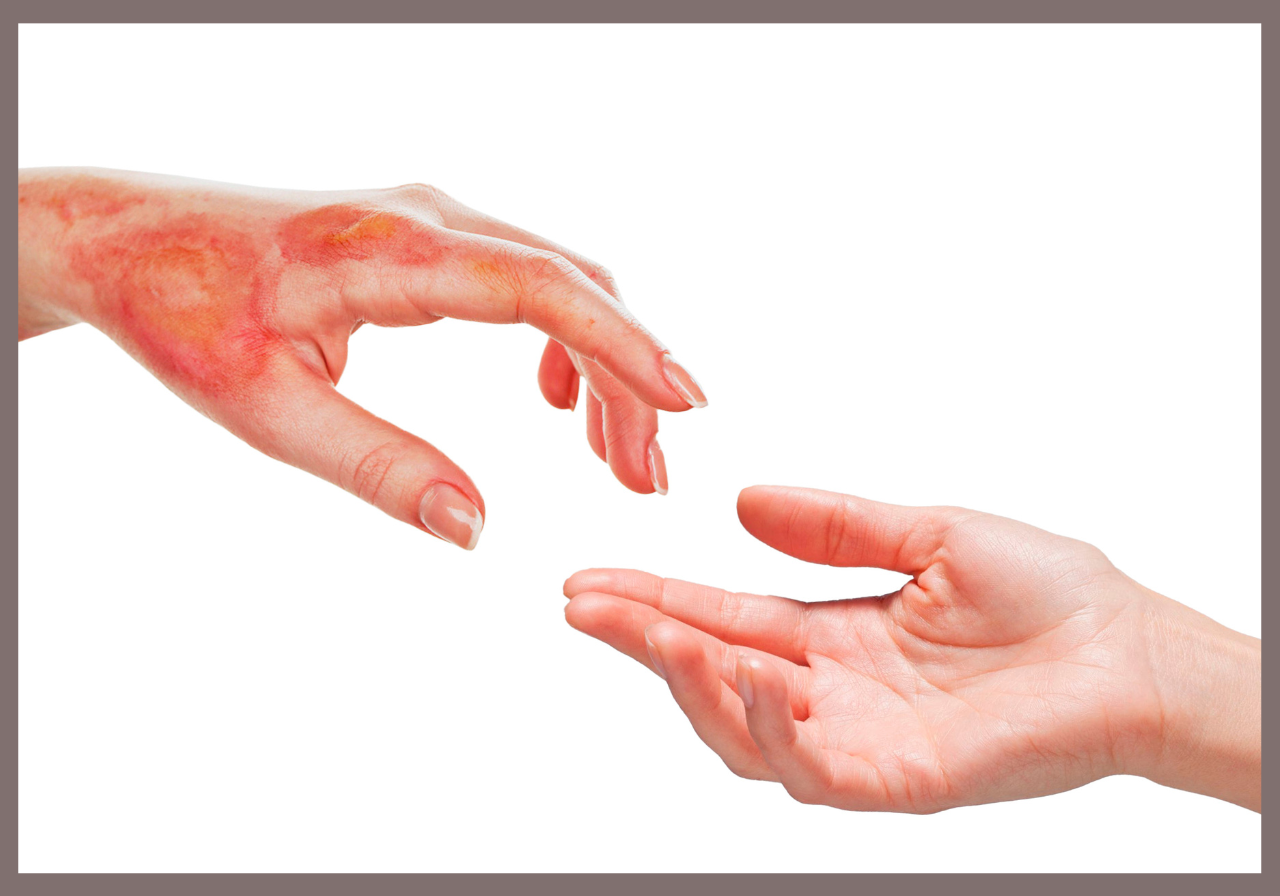In a significant step forward for burn care and trauma response, Bangladesh has established its first skin bank at the National Institute of Burn and Plastic Surgery (NIBPS) in Dhaka.
The facility was officially inaugurated on January 9, 2025, with technical assistance and guidance from the Singapore General Hospital. It equips eight ultra-low temperature freezers capable of preserving donated skin at –90°C, ensuring viability for up to five years.
In cases of severe burns, patients rapidly lose essential elements such as water, salts and proteins, often leading to life-threatening situations. When the extent of the burns are too intense for autografting (harvesting skin from the patient’s own body), preserved donor skin from the Skin Bank becomes very critical.
Donor skin acts as a temporary biological dressing which reduces the risk of infection, minimises fluid loss, and creates a stable environment for healing until permanent grafting can be performed.
The Skin Bank operates now at a critical juncture for the nation, following the devastating Milestone School tragedy earlier this month, where a military aircraft crashed into a school building in Uttara, killing at least 34 people so far, most of them children. Over 150 others were injured, many with severe burns.
These patients are expected to benefit significantly from the recently launched Skin Bank. Currently, 32 patients from the Milestone plane crash are receiving treatment at the NIBPS. Many people are stepping forward to donate skin to support the victims, most of whom are children.
“As of now, we have enough skin to deal with the current crisis,” said Dr. Mahbub Hasan, the coordinator of the skin bank at the NIBPS.
Skin donation can come from both living and deceased individuals. “Living donors typically provide skin from the thigh under local anaesthesia, while tissue from deceased donors must be collected within 6 to 10 hours of death,” said a physician at the Skin Bank. “Of course, ethical clearance and consent remain essential here,” he added.
Surgeons also preserve skin removed during elective procedures such as hernia operations or bariatric surgeries, adding to the donor pool. Skin banking is an established global medical practice, with countries like Singapore, Thailand and India having set up such facilities years ago.
Health officials say the Skin Bank will significantly reduce treatment time for burn victims, especially during emergencies.
“Previously, we had to rely on temporary synthetic dressings or wait for autografts, often costing us precious time,” said Dr. Mahbub.
With over 300,000 burn injuries reported annually in Bangladesh, experts have long warned of the country’s inadequate resources for treating severe burns.
The Skin Bank marks a crucial step toward addressing this long-standing healthcare gap. Amid national mourning following the Milestone School tragedy, it stands as a symbol of progress and a source of renewed hope.


